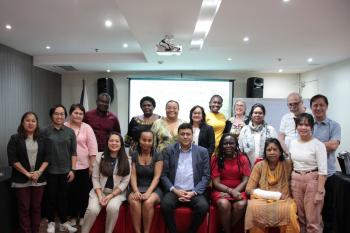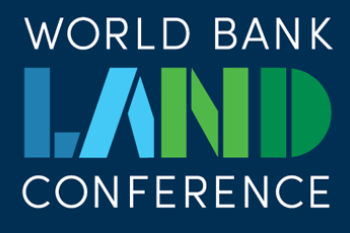
Celebrating the Continuum of Land Rights
The Global Land Tool Network of partners joined UN-Habitat in celebrating the successes of the Continuum of Land Rights approach as the more sustainable way of providing security of tenure for all, at scale. The approach, described as a system where different sources of land access and use patterns co-exist, allows a diversity of tenure situations ranging from the most informal types of possession and use, to full ownership.
UN-Habitat's deputy director, Ms Aisa Kirabo Kacyira, while opening the GLTN round table session held during the Sixth Session of the World Urban Forum in Naples, Italy, commended the Network's progress.
She further underscored the need to focus future work on tool development and implementation. The Deputy Director also urged the Network to continue "building on the strengths of the continuum, such as affordability, the possibility of being implemented in a decentralised manner, its responsiveness to the needs of different social groups, and its linkages with improved governance."
Norway's Eric Berg expressed confidence in GLTN and its approach as a good platform given the centrality and increasing importance of the land agenda in development.
While stressing the importance of actively engaging GLTN's land reform agenda at the country level, SIDA's Mikael Atterhog also noted the ability of GLTN's work to contribute substantially to the goal of achieving security of tenure for all.
The continuum, which was adopted at the 2011 UN-Habitat Governing Council resolution by Member States is now widely accepted by the development community and member countries.
GLTN secretariat's Jean DuPlessis reported on continuum and the urgent tasks that arise from this growing acceptance, in particular for land tool development.
"The continuum cannot work without supportive, pro-poor, gender-responsive land tools that can be implemented at scale," he told donors, GLTN cluster coordinators, partners and participants.


